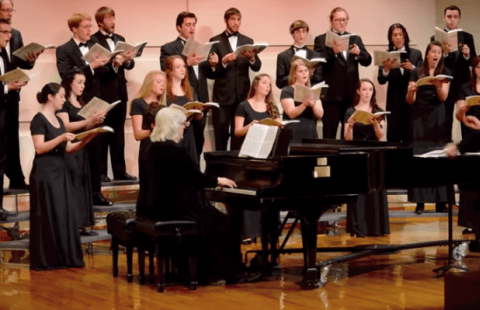What were the specific goals of this creative economy project? Describe the community development challenge or opportunity that your project was designed to address:
In our local communities, music educators need to create social and cultural collaborations between music programs and surrounding businesses, non-profit organizations, and community members to create experiences that help students connect to their communities on a personal level. Through nonprofit collaborations, we invite others in to our music making community while they introduce us to their organizations’ missions and contributing roles in society, while students recognize their individual impact within a community. It is through such partnerships that advocacy is developed for music and the arts. The relationships continue by using music to evoke awareness and support their missions while we help expand the advocacy network that celebrates music and the arts. Music making and sharing can emerge into a lifestyle of building community, and it is community that breeds advocacy.
If the goals change over time, please describe how:
The ensemble collaborates with a different nonprofit organization each semester. As the terms of these partnerships continue to evolve, we have tried to identify ways that our students can engage with volunteerism as a group, but also on an individual level. Efforts to sustain the relationships and partnerships beyond the official partner semester have also been a positive outcome that continues to evolve.
Who was involved in this project and what did they do? (be sure to include the partners from outside of the creative sector and how local voices were included):
Hundred Nights Shelter
Stonewall Farm
Monadnock Conservancy
Phoenix House - Keene Center
Monadnock Family Services
Keene Community Kitchen
Monadnock Humane Society
RISE for Baby and Family
How does this project relate to a larger community development strategy?
This series of partnerships helps merge the KSC campus with the surrounding community. The goal is to instill in students that they have a role or function in the greater community. Many of the singers will be teaching children or conducting ensembles in the future, so perhaps this tradition of serving and volunteerism will transcend to their future work as teacher leaders.
What projects or places, if any, inspired your approach to this creative economy project?
In my work as a doctoral student at the University of Missouri-Kansas City Conservatory of Music our concerts were always to benefit a local nonprofit organization. In a time when music programs struggle financially, it's interesting to think about the benefit of giving rather than taking with regard to concert proceeds.
